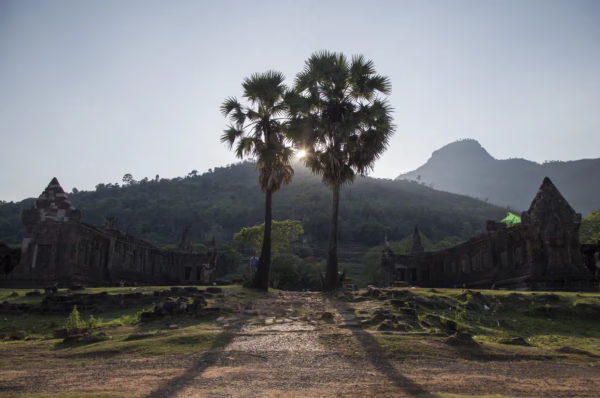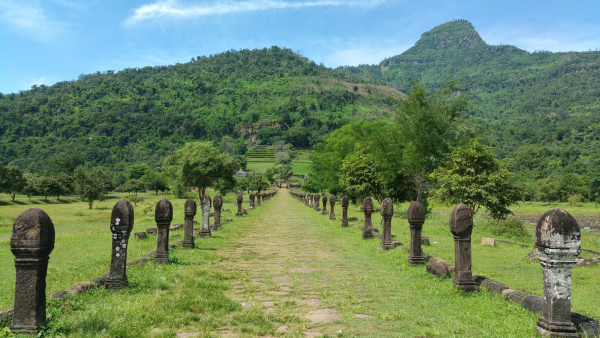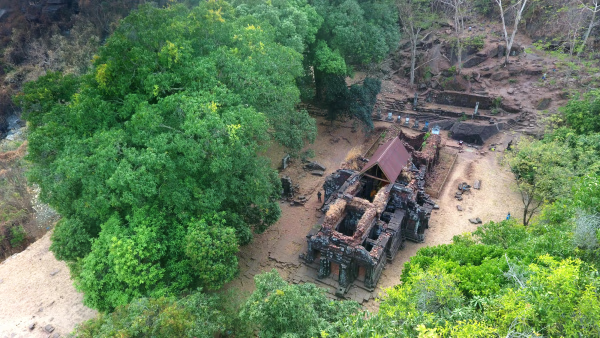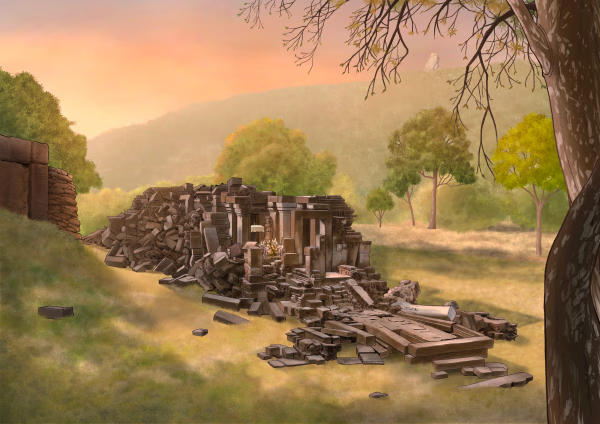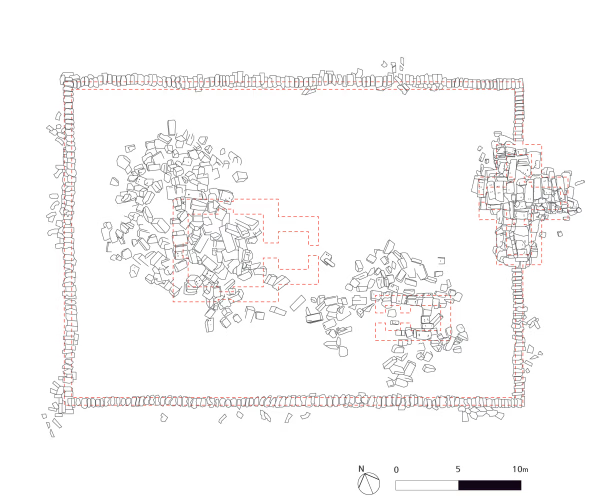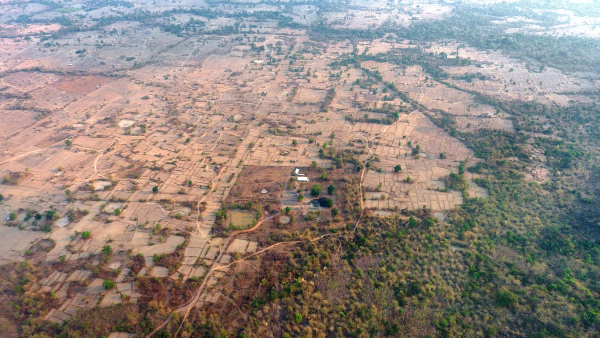
Ancient Road
Linga-pura and Ancient Quarry Site
Published 2024.08.16 by 유다연
ອະທິບາຍ
The Khmer Empire, which governed an extensive area, recognized the importance of a well-maintained road network. The Khmer Empire built roads extending in all directions from the capital, Angkor. Most of these roads are now overgrown by tropical forests and grasslands, making their outlines visible only through aerial photography. Along these roads, the Khmer Empire established traveler accommodations and hospitals, with buildings made from sandstone and laterite being discovered.

Archaeological surveys of the area about 1.5 km south of the smaller baray of the Vat Phou Temple Complex have mapped out the existence of another important settlement dating to the 9th to 13th centuries, probably the ancient city of Linga-pura, which is mentioned in inscriptions. The city was enclosed by an earth rampart that is still standing on the west and south and, partially, on the east side. The western side of the city was clearly set in line with the southeastern slope of the Phou Kao Mountains. The uppermost level of the plains is 95-96 m above sea level, and its citizens would have taken advantage of the position to manage the flow of water to the fields at the lower levels of the plains.
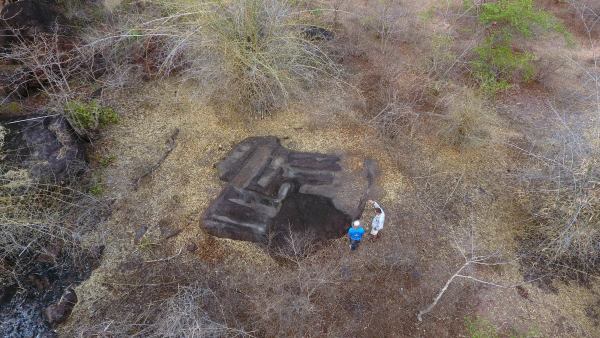
The ancient sandstone quarry near the Vat Phou Temple Complex, particularly in the vicinity of the Hong Nang Sida Temple, is an important archaeological site that provides insight into the construction practices of the Khmer Empire. The quarry was the source of the sandstone used to build many of the structures in the Vat Phou complex, including the temples and other significant buildings. The sandstone extracted from this quarry was carefully chosen for its durability and ease of carving, which was essential for the intricate bas-reliefs and architectural details seen in the temples. The quarrying process involved cutting large blocks of sandstone, which were then transported to the construction sites, often over considerable distances. The proximity of the quarry to the temples suggests that the area was a well-organized production and construction zone during the height of the Khmer Empire.

Ancient Road to Angkor
One of the empire's road networks extends from Angkor, passes through the ancient city of Lingapura, and reaches the Vat Phou temple complex. The roads near the Vat Phou-Champasak site are relatively well-preserved compared to others and can be clearly identified in aerial photographs. Along this route, there are remnants of small Khmer-era temple ruins that have survived in a state of disrepair. Exploring these sites is like discovering hidden gems, as these locations are rarely visited by tourists.
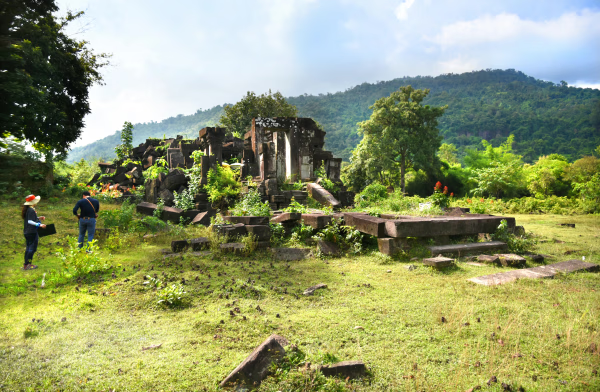
About 1.5 kilometers south of the Vat Phou temple complex lies the significant Hong Nang Sida Temple, within the Lingapura city ruins. Further south are the Thao Tao Temple and That Sampang Temple. Except for these temples, which are open to tourists, the other ruins pose a danger due to landmines, making it difficult to safely and comfortably explore the ancient road. However, with a local guide, all the ruins can be visited along safe routes. For those curious about the ancient road, a visit to That Sampang Temple is highly recommended. Near Ban That village, where the temple is located, the road from the Khmer era remains almost in its original form, and visitors can walk along it. Each temple has its own unique character, and passing through the villages along the road adds to the charm of the journey.
ບົດທີ
ການນິດສະການທີ່ກ່ຽວຂ້ອງ
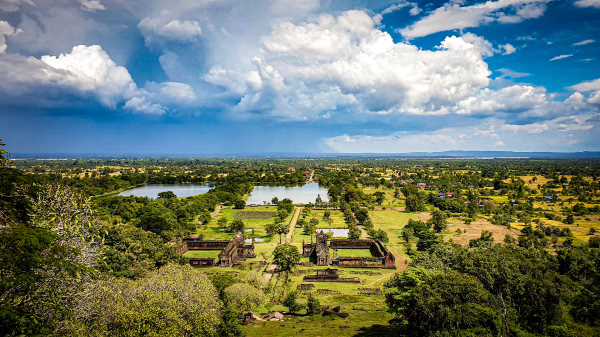
Natural History
Online Exhibition of the Vat Phou Champasak Ruins and the Excavation of Hong Nang Sida
The Vat Phou - Champasak site lies on fertile alluvial plains on the banks of the Mekong River, and its mountainous core is the eastern outlier of the Dângrêk Range, which is home to the Phou Kao Mountains that rise up to an altitude of 1,416 meters.
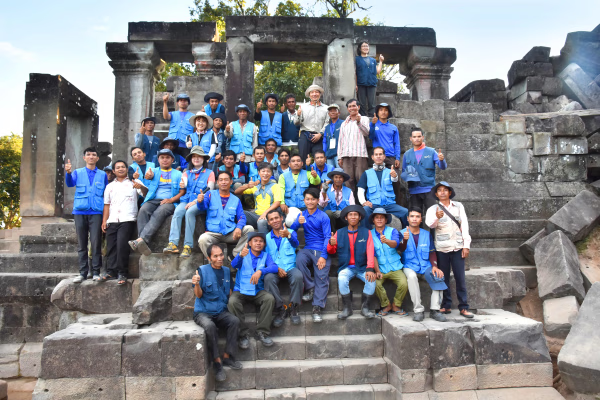
Natural History
Lao-Korea Cooperation Project : Hong Nang Sida Temple
Since 2013, the Cultural Heritage Administration and the Korea Cultural Heritage Foundation have been working on a heritage restoration project at the World Heritage Site “Vat Phou and Associated Ancient Settlements within the Champasak Cultural Landscape” in Lao PDR. The project focuses on restoring the collapsed stone structure called Hong Nang Sida, located in the southern part of the Vat Phou Temple Complex. This site, also known as the “Temple of Princess Sida,” is gradually regaining its original appearance thanks to the ongoing restoration efforts by a Korean research team.
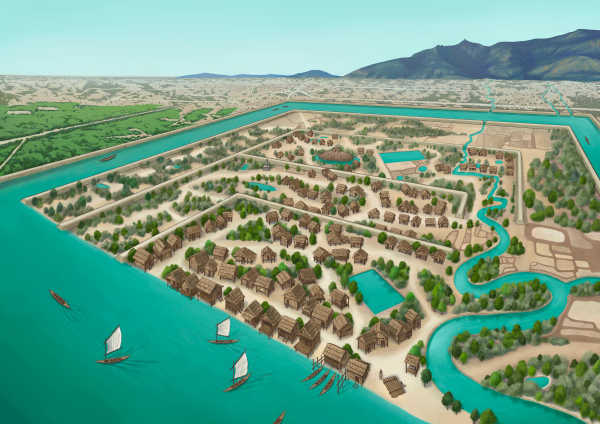
Natural History
Sacred River
The archaeological site of the ancient city is situated on the plains adjacent to the Mekong River. The city was surrounded by two layers of brick and earthen ramparts, with a moat in between. These ramparts measured approximately 2.4 km from north to south and 1.8 km from east to west, with the best-preserved sections standing up to 6 meters high and 14 meters thick. The walls and moats were likely constructed to manage and utilize the waters from the Phou Kao Mountains' tributaries.
